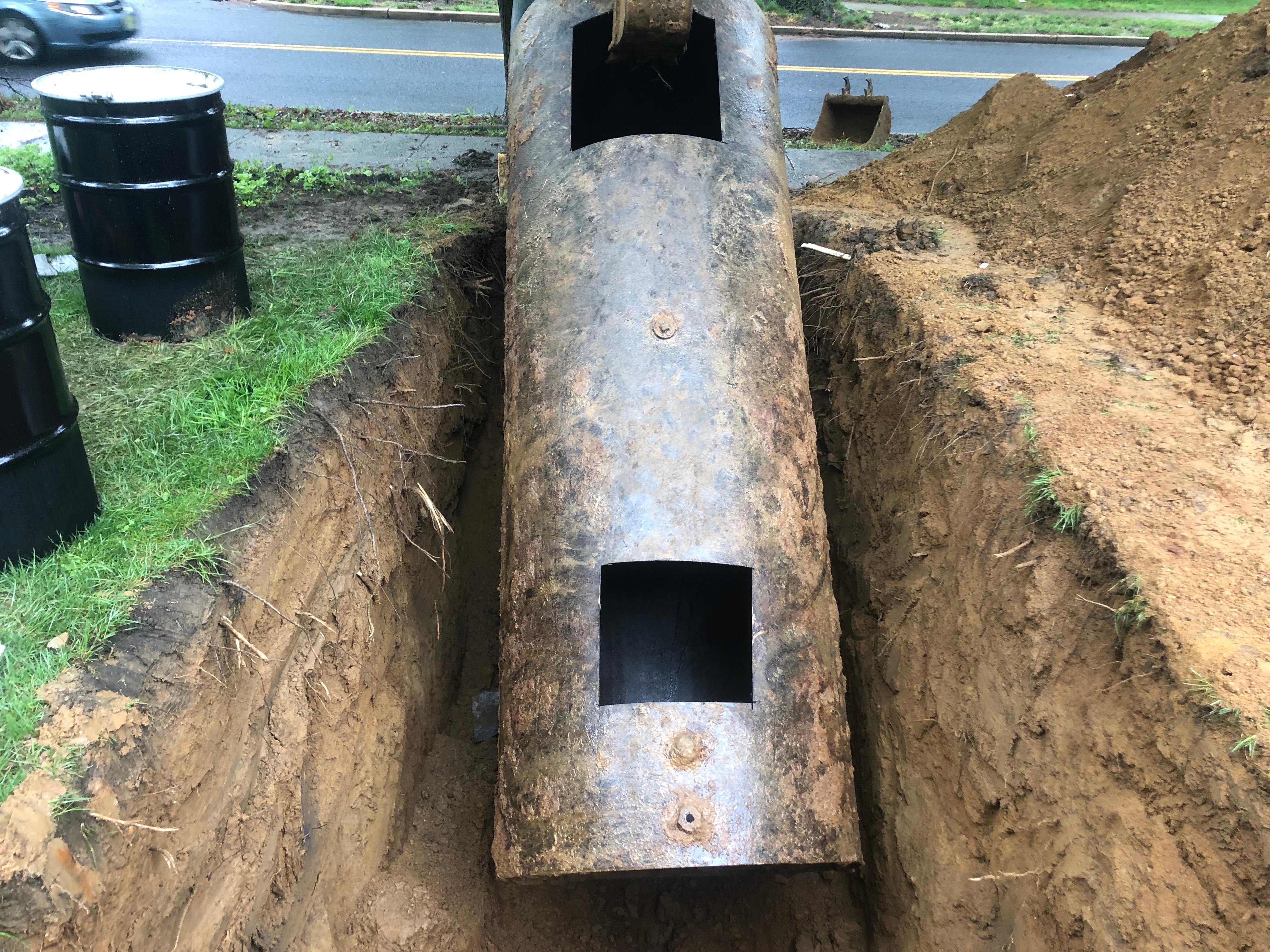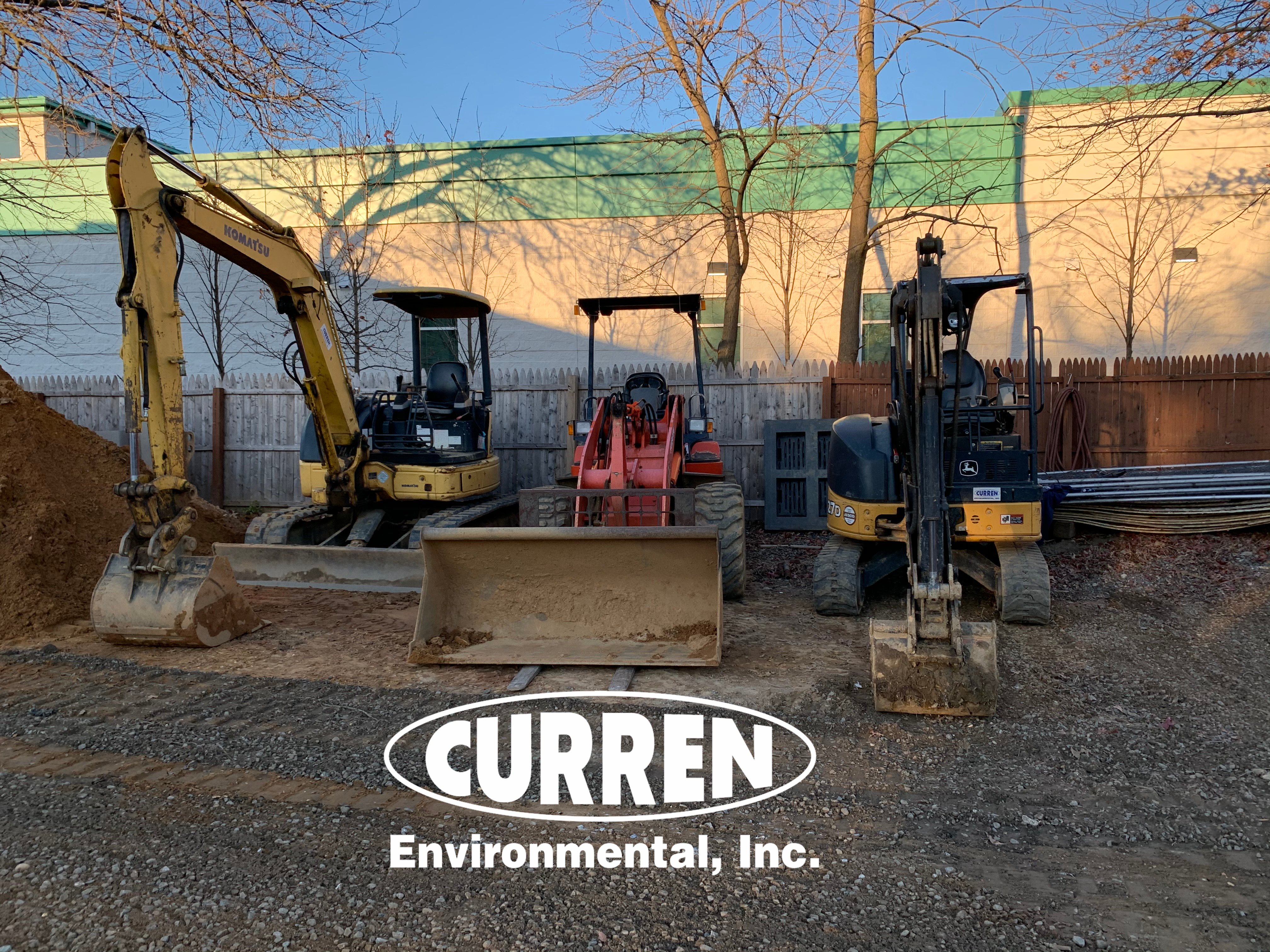Soil sampling for oil tanks
At the dentist you get an X-ray, the doctor may request blood work or something more extensive like an MRI. In any case when you are looking to evaluate the health or a problem, you get a test.

Petroleum storage tanks (removed or in place) are commonly tested to ensure soil contamination is not present. You see contamination is the responsibility of the property owner regardless of when or who caused the contamination.
When & Where do we commonly see tanks tested?
In service buried oil tanks.
People buy homes that use buried oil tanks. These tanks really should be removed and replaced before the sale occurs. Why, because the tank is old and is out of warranty, a new tank can have a 10, 20 or 30+ warranty. Why would you buy a tank that has no warranty?
Alas, sometimes buyers will not remove the tank and the buyer really want to buy the house. In this scenario we can test the tank. Oil tank testing is performed by doing soil samples around the tank and testing the soil.

To test a buried oil tank, you use a small drilling unit to collect soil samples from around the tank. The photo below shows borings being advanced around an oil tank.

The soil borings retrieve soil cores from the ground, as can be seen in the photo below. The soils can be screened for oil and sampled for independent laboratory analysis.

Removing a UST
When underground storage tanks are removed, testing is performed to verify the tank did not leak. Standard operating procedure is to obtain soil sampling at the length of the invert (bottom) of the tank from the 0 to 6" interval of soil below the tank base.

Removed UST's
Many underground tanks were removed and never tested. These tank graves get soil sampled to ensure that the tank did not leak.
We recently had a property for sale where the seller disclosed that he had a tank removed and it may have leaked. The tank was removed several years ago so you would expect the area to be back to normal, so you have to feel confident that the owner will give you the accurate location (they rarely do). We were told the tank was removed from left side of property. When we mobilized to the site, the left side had zero indication of a removed tank. The right side of the house on the other hand had an AC unit and gas line, indicating the heater was on that side, so that would likely be the side with an oil tank. There was an almost perfect indentation of a removed tank sunken excavation. So yes soil borings advanced on right side, contamination confirmed, remediation was necessary.

Aboveground Storage Tanks
Aboveground tanks can leak from the tank or the fitting that hold the piping that extracts oil from the tank. A leak could occur 5 years ago and be repaired, the soil would no longer smell but oil is a complex hydrocarbon and can linger. Test it today and you may find a problem.
Removed Aboveground Storage Tank Locations (AST) locations.
Again like the situation above the tank could have leaked and left residual oil contamination in the soil. We test removed tanks all the time and the odds of finding some contamination is greater than 50%.
Call the Experts
888-301-1050

